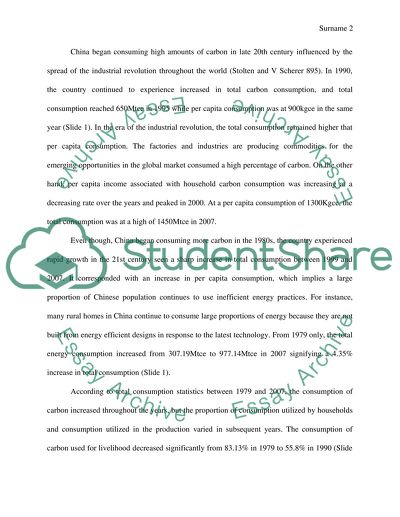Cite this document
(“Buildings Energy-efficiency Development in Rural Areas of China Case Study”, n.d.)
Retrieved de https://studentshare.org/environmental-studies/1672531-buildings-energy-efficiency-development-in-rural-areas-of-china
Retrieved de https://studentshare.org/environmental-studies/1672531-buildings-energy-efficiency-development-in-rural-areas-of-china
(Buildings Energy-Efficiency Development in Rural Areas of China Case Study)
https://studentshare.org/environmental-studies/1672531-buildings-energy-efficiency-development-in-rural-areas-of-china.
https://studentshare.org/environmental-studies/1672531-buildings-energy-efficiency-development-in-rural-areas-of-china.
“Buildings Energy-Efficiency Development in Rural Areas of China Case Study”, n.d. https://studentshare.org/environmental-studies/1672531-buildings-energy-efficiency-development-in-rural-areas-of-china.


